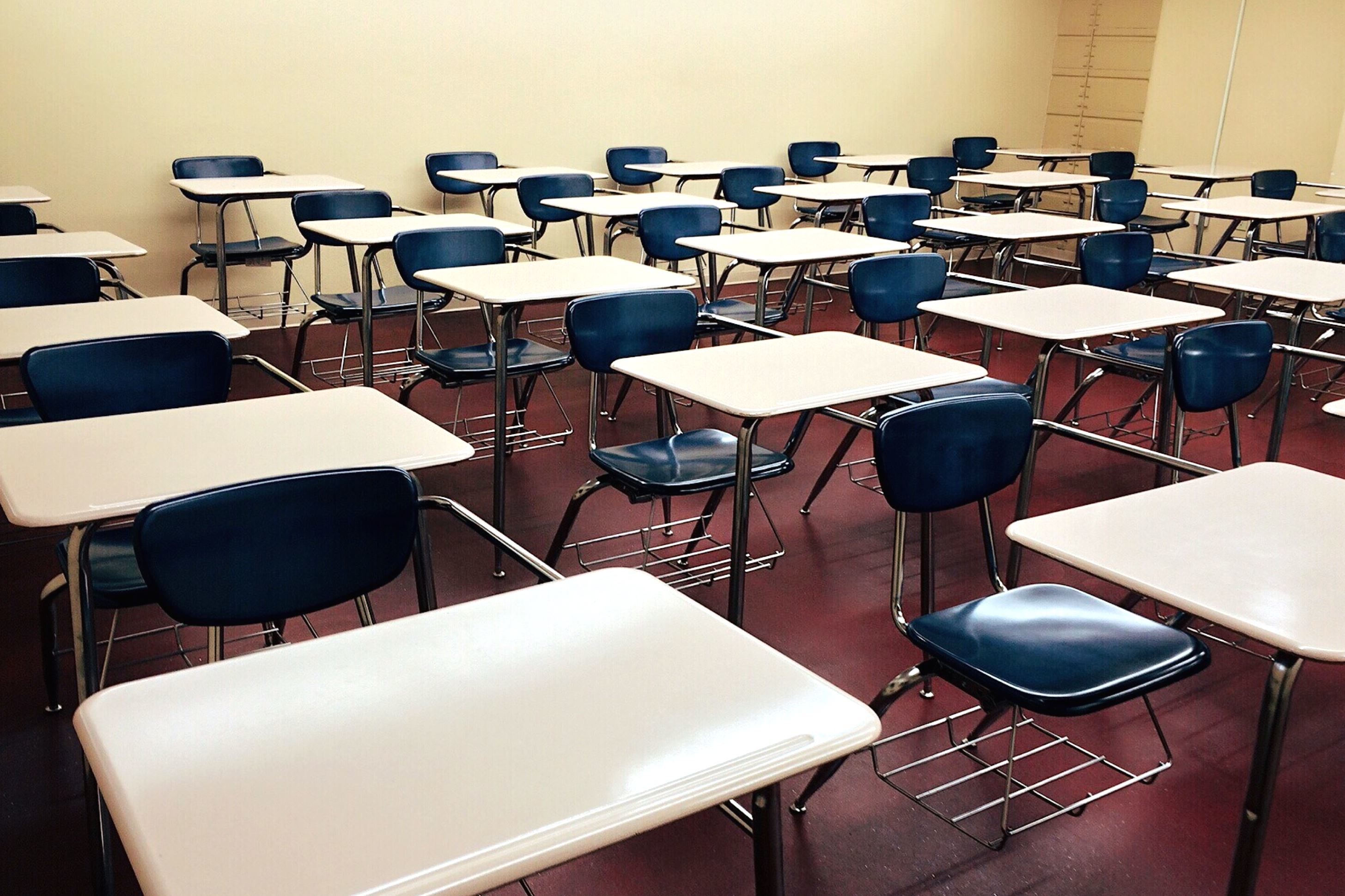Ergonomics and Student Well-being in the Classroom: Classroom Student Desk Chair

Proper seating and posture are crucial for student health and academic success. Inadequate seating can lead to discomfort, fatigue, and ultimately, decreased concentration and learning effectiveness. This section will explore the ergonomic aspects of student desk chairs and their impact on student well-being.
Impact of Poor Posture and Inadequate Seating on Student Health and Academic Performance
Poor posture and uncomfortable seating contribute significantly to various health problems in students. Prolonged slouching can lead to back pain, neck pain, headaches, and even carpal tunnel syndrome. These physical ailments can cause discomfort, reduced concentration, and decreased participation in class activities. Furthermore, studies have shown a correlation between poor posture and reduced academic performance, as discomfort and pain can distract students from learning. The cumulative effect of these issues can impact a student’s overall well-being and academic trajectory. For example, a student constantly experiencing back pain may struggle to focus during lessons, resulting in lower grades and reduced engagement.
Comparison of Ergonomic Features in Student Desk Chairs
The following table compares the ergonomic features of three common student desk chair designs: a basic chair, a chair with adjustable height, and an ergonomic chair with advanced features.
| Feature | Basic Chair | Adjustable Height Chair | Ergonomic Chair |
|---|---|---|---|
| Seat Height Adjustability | No | Yes | Yes (wide range) |
| Lumbar Support | No | Limited or None | Yes (adjustable) |
| Back Angle Adjustability | No | No | Yes (recline function) |
| Seat Pan Depth Adjustability | No | No | Yes |
| Armrests | No | Sometimes | Yes (adjustable) |
Ideal Student Desk Chair Features, Classroom student desk chair
An ideal student desk chair should prioritize comfort and support to promote good posture and minimize discomfort during prolonged sitting. Key features include: adjustable seat height to accommodate different student sizes; adjustable lumbar support to maintain the natural curve of the spine; adjustable back angle to allow for changes in posture; breathable fabric to prevent overheating and discomfort; and appropriately sized seat pan depth to support proper leg posture. A chair with these features allows students to maintain a healthy posture, reducing the risk of musculoskeletal problems and promoting better concentration in the classroom. For instance, a chair with adjustable lumbar support can help prevent slouching and back pain, enabling students to focus on their studies rather than their discomfort.
Practical Tips for Teachers to Promote Good Posture
Teachers play a vital role in promoting good posture among their students. Here are some practical tips:
Classroom student desk chair – Providing regular reminders about proper posture is crucial. Students often unconsciously slouch, so gentle reminders can make a significant difference.
- Regularly remind students to sit up straight with their feet flat on the floor and their backs supported.
- Incorporate short movement breaks into the lesson plan to allow students to stretch and move around.
- Encourage students to adjust their chair height and lumbar support to ensure a comfortable and supportive seating position.
- Provide visual aids, such as posters or diagrams, demonstrating correct posture.
- Collaborate with school administrators to ensure that classrooms are equipped with ergonomic chairs suitable for all students.
